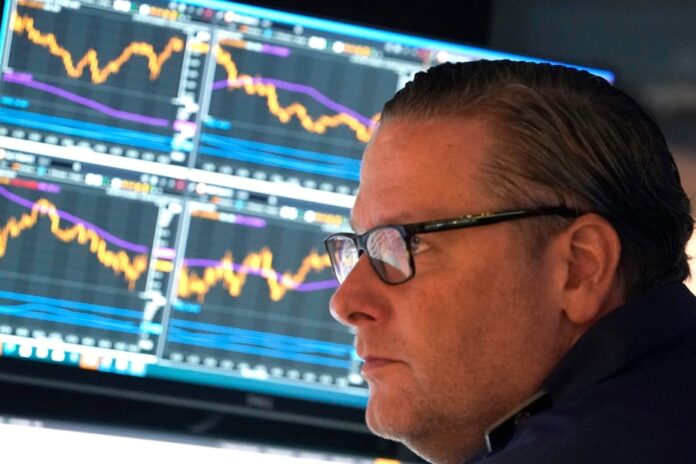(New York) The New York Stock Exchange ended very slightly lower on Monday after the solution to a new episode of the banking crisis and on the eve of a meeting of the American central bank (Fed).
On Wall Street, one of the few Western stock exchanges open on May 1, the Dow Jones index fell 0.14% to 34,051.70 points, the tech-heavy NASDAQ dropped 0.11% to 12,212, 60 points and the S
“The market breathed a sigh of relief as the banking crisis was put aside…for now,” said Peter Cardillo of Spartan Capital Securities.
The Californian bank First Republic, in great difficulty for weeks with a massive flight of its deposits, finally, at the instigation of the American authorities, was placed in receivership and sold to JPMorgan, the largest bank in the country.
JPMorgan takes over the valid assets while the FDIC, one of the regulatory agencies of the banking sector, will assume part of the losses.
The operation “will help stabilize the system,” said JPMorgan boss Jamie Dimon.
“It’s a good operation that will calm investors’ concerns about the banking sector,” said Jack Ablin, chief investor for Cresset.
“Government gets stability and JPMorgan gets affluent clientele and deposits back,” the expert continued, adding, “Generally, this type of government-backed deal is good for the buyer.”
First Republic, which saw its $100 billion in deposits melt away in the first quarter, was in danger of simply writing off profits like SVB and Signature did in March.
The market reaction was positive for JPMorgan (2.13%) or other big banks like Wells Fargo (1.58%) or Citigroup (0.39%). It was less so for regional or smaller banks such as Truist (-3.28%), Citizens Financial (-6.84%) or PNC (-6.36%).
“There’s still a fear factor at work”, qualified Peter Cardillo.
Investors were also digesting mixed indicators that were pushing bond yields higher on the eve of the start of a two-day Fed meeting.
Manufacturing activity in April, measured by the ISM, showed a small increase even if activity has remained in contraction for five months.
The component of prices paid, on the other hand, reveals that these have continued to rise, which is worrying news for the Fed and investors who monitor inflation.
In addition, construction spending in March came out stronger than expected (0.3%). This data “is one of the reasons that have pushed bond yields higher,” said Peter Cardillo.
10-year rates climbed to 3.58% from 3.42% on Friday and 2-year rates soared to 4.14% from 4.00% as the Fed on Wednesday prepared to raise rates again by 25 basis points, analysts estimate. They are especially hoping that Fed boss Jerome Powell will hint that there will be a break after this.
In the process, the dollar gained strength against the euro at 1.0974 dollars per euro (0.41%).
Another major event, perhaps the most important of the week, is the next US employment report on Friday, which should confirm that the world’s largest economy is marking time. 180,000 new hires are expected compared to 236,000 in March.
The results season will also continue with those of the giant Apple in particular, expected on Thursday.
Nvidia climbed 4.18% after reports of an upcoming shipment of its new series of graphics cards.
Exxon Mobil fell 3.11% in the wake of a decline in crude prices as manufacturing activity contracted slightly in China in April, raising fears for oil demand.
The cryptocurrency exchange fell 6.79% as bitcoin was down 4.91% at $27,907 around 4:30 p.m. EST.















